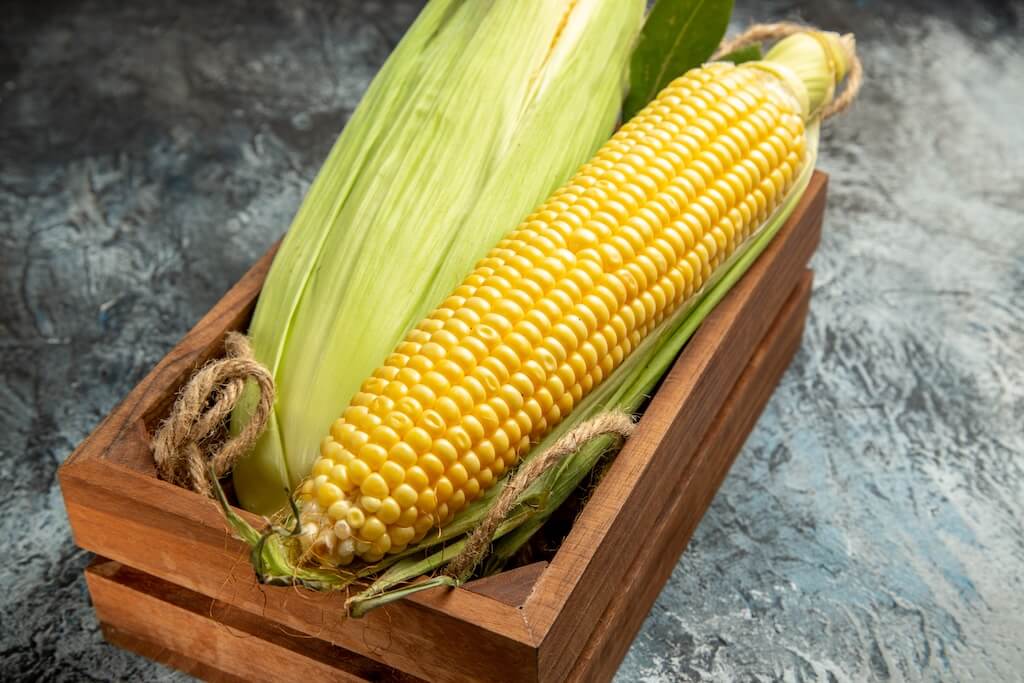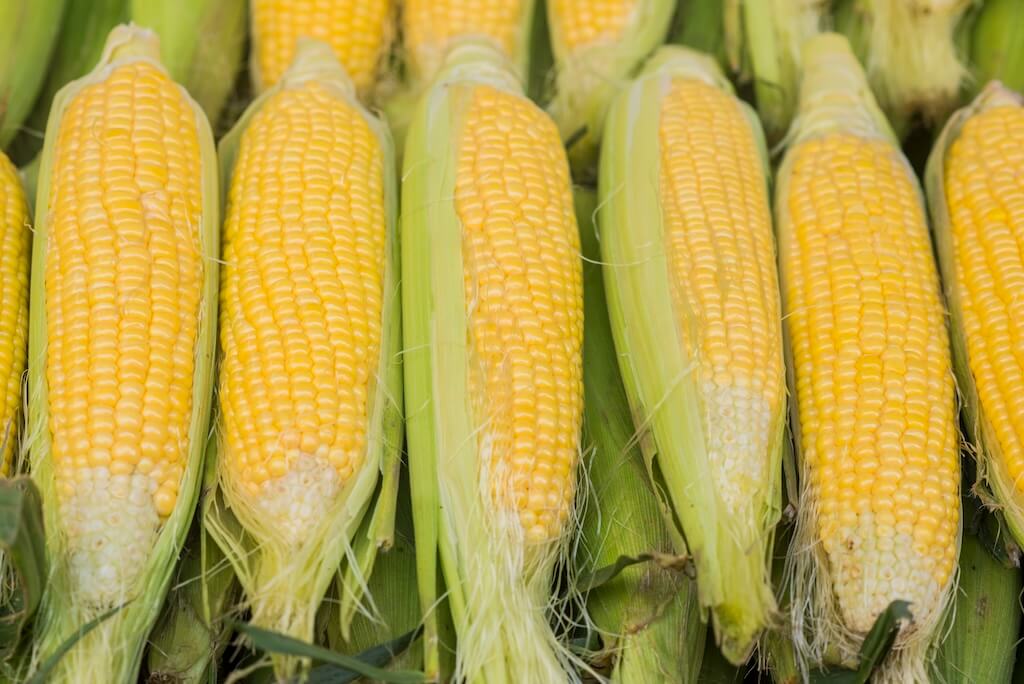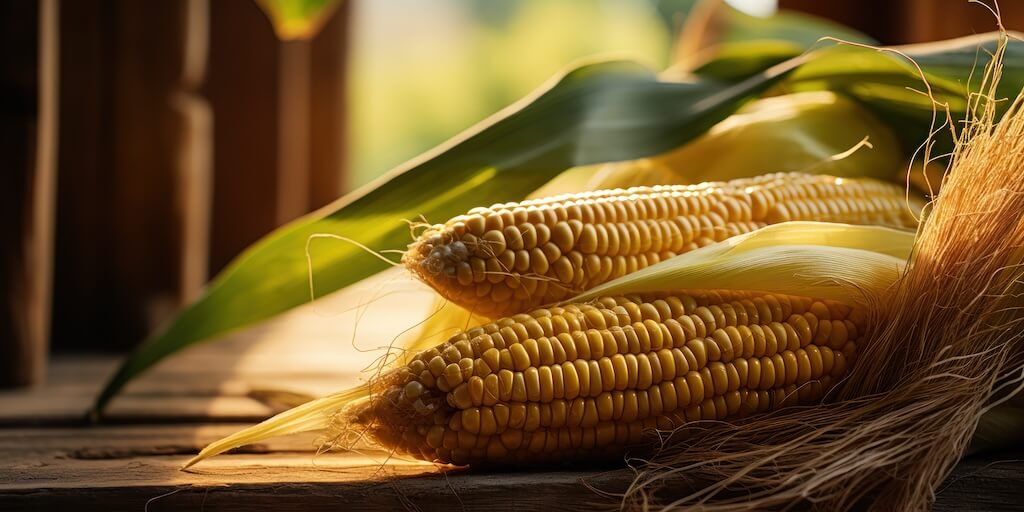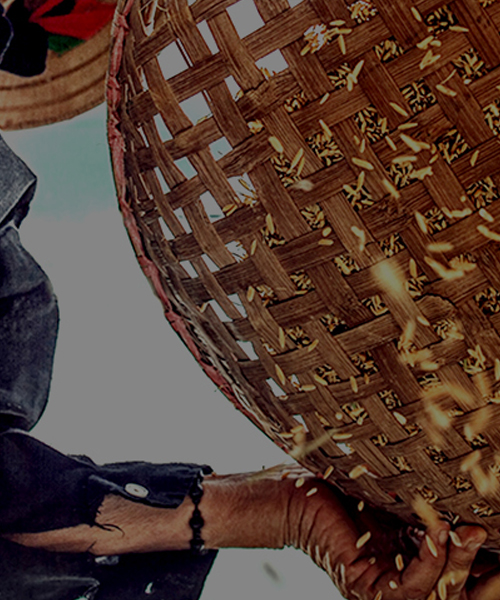Organic Corn: A Resemblance to Pearls
- 2024-09-13
- 2024-09-13
- / 827 Views
- /

Corn, commonly known as maize or sweetcorn, traces its origins to Central America, where it served as a primary staple for indigenous populations. With its introduction to the world in the 16th century, it swiftly spread across the globe. Remarkably, over two centuries ago, the "Taiwan Prefecture Gazetteer" detailed corn as bearing resemblance to foxtail millet, each cob laden with grains akin to pomegranate seeds, thereby highlighting the enduring history of corn cultivation in Taiwan.
The journey of corn in Taiwan, from breeding to cultivation and processing, has witnessed a dynamic evolution over time. Taiwan"s corn cultivation history can be dated back to 1956 when Hawaiian sweet corn seeds were introduced from the United States. Subsequently, the Potzu Branch Station of Tainan District Agricultural Research and Extension Station initiated endeavors to enhance corn breeding, culminating in the development of Tainan No. 5. In the 1960s and 1970s, Taiwan witnessed a vigorous nationwide expansion of corn cultivation, setting the stage for burgeoning corn industry with key production hubs situated in Yunlin, Chiayi, and Tainan.

Organic corn flourishes in climates characterized by warmth and ample sunshine, with a preference for deep, organically-rich soils that facilitate efficient drainage. Throughout its growth cycle, corn requires abundant moisture during its initial stages and ear development, followed by a drier period to facilitate the harvest. To preserve soil vitality and mitigate the risk of pests and weeds, crop rotation with rice is frequently practiced.
Taiwan enjoys a year-round supply of corn, with the principal harvesting seasons occurring in spring and autumn. Corn comes in diverse varieties, exhibiting variations in color, flavor, and culinary suitability. Notable edible corn types encompass white corn, glutinous corn, and sweet corn, serving various culinary purposes for human consumption. Additionally, feed corn is earmarked for animal husbandry, while forage maize caters to the dietary needs of dairy cattle. Popcorn kernels, known for their popping qualities, are a favored snack choice, while ornamental corn finds its primary use as a decorative element.
In addition to these traditional corn types, baby corn, also referred to as young corn, cornlettes, or baby sweetcorn, is frequently featured on dining tables. Characterized by the tender cob of corn before pollination with its slender and pointed appearance, baby corn resembles bamboo shoots and is typically consumed in combination with the tender corn stalk. As corn matures, the corn stalk becomes too rigid for human consumption.

With evolving dietary preferences in Taiwan, different corn varieties are suited to distinct culinary applications. White corn, a common sight at night markets, is the preferred choice for charcoal grilling. Plump glutinous corn is available in white, purple, or white-purple bicolor varieties, offering a delectably chewy and juicy texture that makes it ideal for fresh consumption and baking. Yellow or white sweet corn, known for its sweetness and tenderness, finds utility in a range of dishes, thick soups, hot pots, and canned food. In recent years, fruit corn has emerged as a new favorite of the dining table. Not to be overlooked are corn-based snacks, including breakfast cereals and corn sticks, which appeal to individuals of all ages.
In recent years, the Taiwanese populace has exhibited heightened awareness regarding carbohydrate intake. While many may categorize corn as a vegetable, it is, in fact, a starch-rich food. The consumption of a single corn cob equates to ingesting a substantial portion of rice, necessitating dietary moderation. Furthermore, yellow corn contains lutein and zeaxanthin, compounds known for their protective effects on eye health.
Corn"s utility extends beyond the confines of the dining table, finding versatile applications within the food industry. Corn syrup, derived from corn starch, serves as a key source of sweetness in the production of beverages and snacks. Moreover, corn plays a pivotal role in the production of ethanol, serving as a biofuel to enhance gasoline combustion efficiency and reduce carbon dioxide emissions. Notably, corn starch contributes to the manufacture of biodegradable plastics, expanding the boundaries of corn"s utility beyond conventional expectations.




